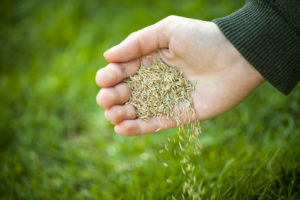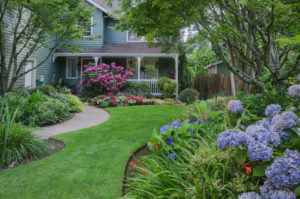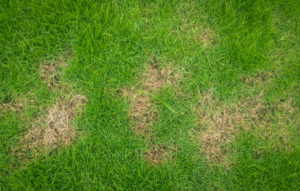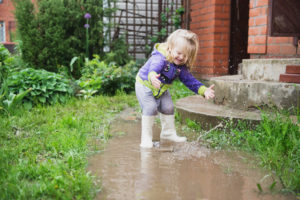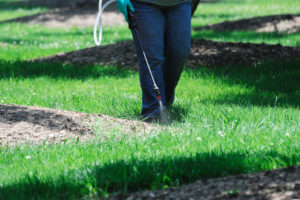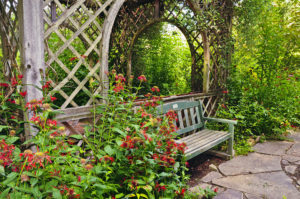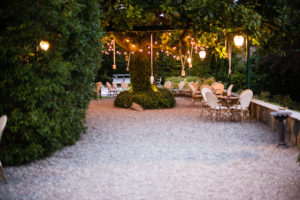Are you a homeowner? Are you looking to add more value to your property? One way you can increase the value of your home is by having a lush, grassy lawn.
In the U.S., 78 percent of adults have homes with a lawn or some other form of landscaping. So, it’s obvious that the majority of Americans value having a good yard on their property.
Are you wondering how you can get your dream lawn? The answer is simple: grass seed!
Here are some of the best grass seed types for lawns in Wisconsin, so you can find the right grass varieties for your landscape.
Good Varieties of Lawn Grass for Milwaukee and Waukesha
Kentucky Bluegrass
One of the best winter grass seed types is Kentucky bluegrass. Since it’s winter hardy, it’s easier to revive after a long, hard winter than other grass varieties.
It’s commonly planted in Wisconsin and is known for its ability to withstand cold climates. It’s also good for filling in damaged areas of grass.
To perform at its best, Kentucky bluegrass requires full sunlight, although you can plant it in shady spaces as well.
Fine Fescue
If you’re looking for a grass that works well in shady spaces and in soil with low moisture and/or pH levels, let fine fescue come to your rescue.
Fine fescue is one of the types of lawn grass that people rarely plant on its own. Usually, it’s combined with other cool-season grass types.
Be careful not to overwater this grass, though, or you may end up with a poor quality turf.
Bent Grass
Bent grass, while typically found on golf courses, can produce a dense, uniform grass turf—as long as you care for it properly.
Watering requirements for this type of grass are lighter than some other types, but they are frequent. Shallow root systems mean that the seedbeds must be kept moist on a continuous basis. This means bent grass may require more frequent watering than homeowners are accustomed to.
If you don’t have the time and money to maintain a bent grass lawn, you may benefit from choosing an alternative.
When to Plant
Whether you’re looking for drought-tolerant grass or another variety, it’s best to plant your grass during spring or fall.
If you want to have more time to establish your lawn, planting during the spring months is ideal. However, if you’re worried about the effects heat may have on your new grass seed, you’ll want to plant it during the fall months and allow approximately 6 weeks of consistent 50 to 70-degree weather to do so.
Try One of These Popular Grass Seed Types Today
While these grass seed types are quite popular with homeowners in Wisconsin, they are just the beginning. There are many more to choose from.
If you want to have a successful grass growing endeavor, it’s important to plant a grass type that is the right fit for your environment. Start with one of these seed types, and you’ll be right on your way to a beautiful turf.
Not sure which grass is best for your landscaping? Contact us today!
